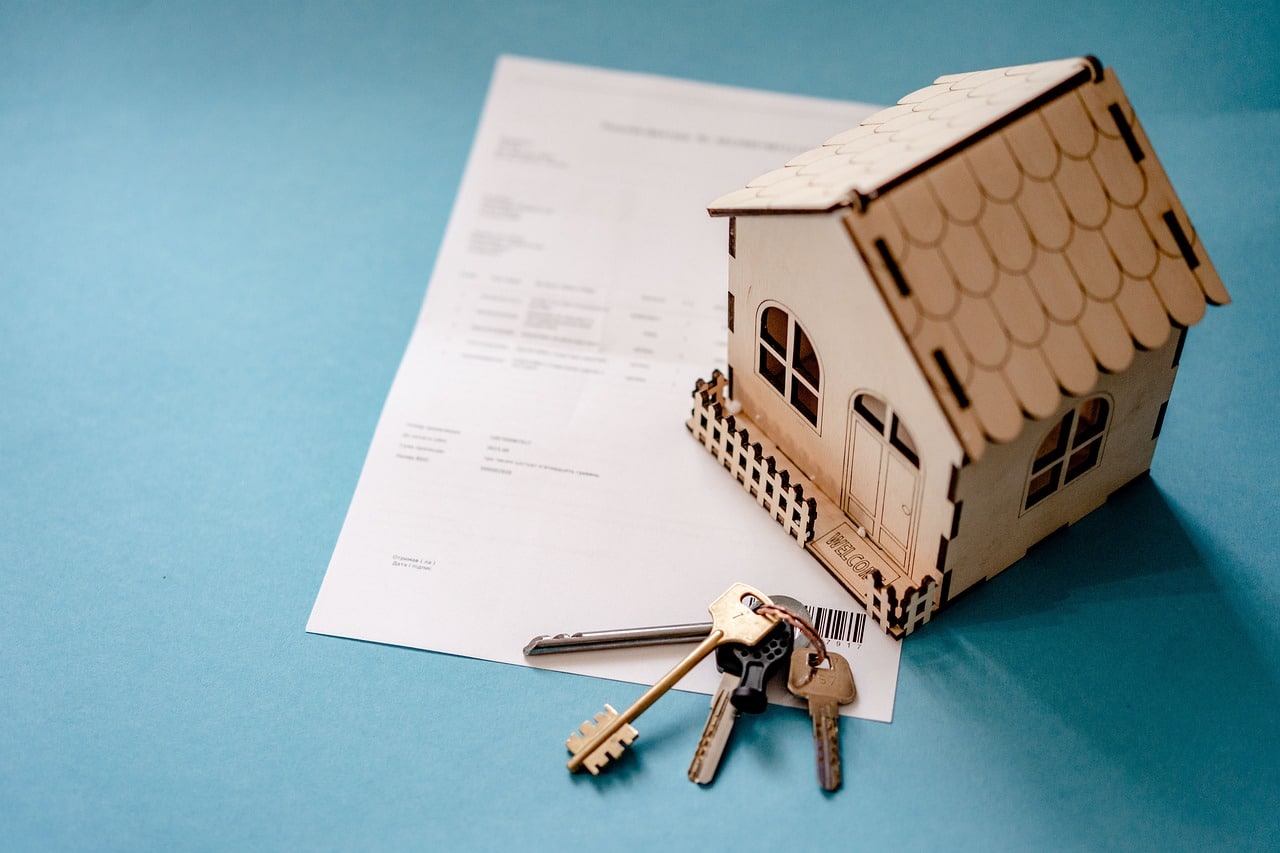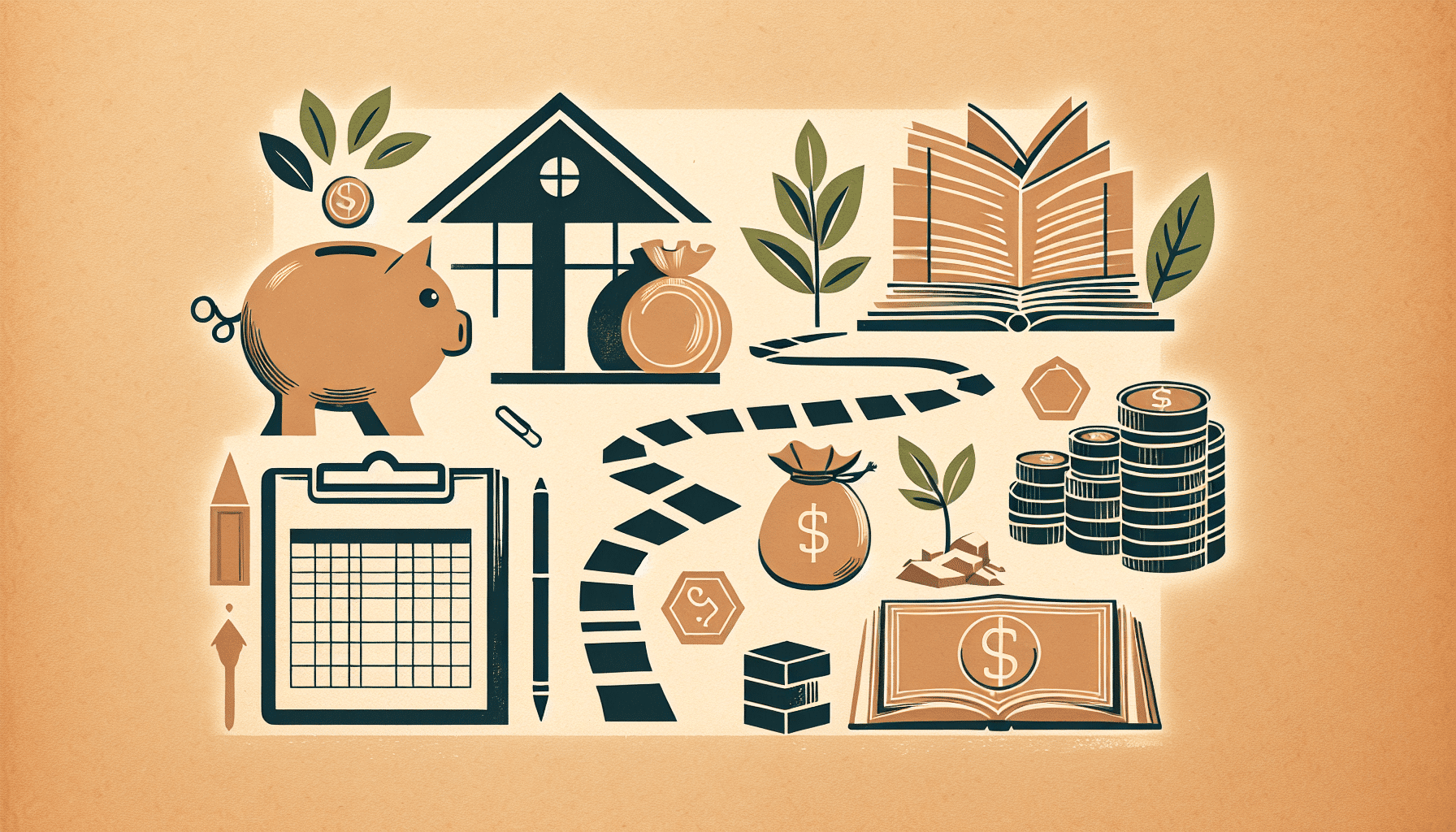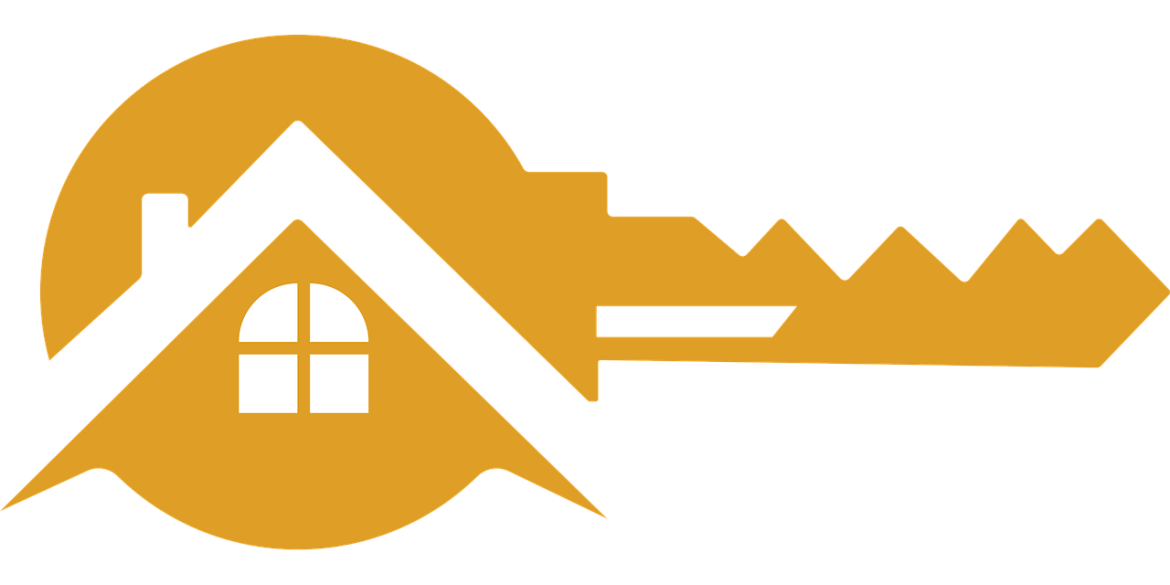Are you tired of paying rent and ready to take the exciting step towards homeownership? If so, it's time to start thinking about saving up for that all-important down payment. This article will provide you with practical tips and strategies on how to begin a savings plan specifically for your first home's down payment. With a friendly tone and helpful advice, you'll be well on your way to achieving your dream of owning a home in no time!

1. Set a savings goal
Setting a savings goal is the first step towards saving for your first home down payment. Determine how much you need to save for the down payment by researching the average down payment amount for homes in your desired area. It's important to consider additional costs such as closing costs and moving expenses when setting your savings goal.
Once you have a clear idea of the total amount you need to save, it's time to set a timeline for achieving this goal. Consider factors such as your current financial situation, monthly savings capacity, and any anticipated changes in your income that could potentially affect your savings timeline. Setting a realistic and achievable timeline will help you stay motivated and focused on reaching your savings goal.
2. Assess your current financial situation
Before you start saving, it's essential to evaluate your current financial situation. Begin by assessing your income - determine how much money you earn on a monthly basis after taxes and deducting any fixed expenses such as rent or mortgage payments, utilities, and loan repayments. This will give you a clear understanding of your disposable income, which is crucial for determining how much you can allocate towards savings.
Next, track your expenses for a few months to identify areas where you can cut back or save. Look for any unnecessary or discretionary expenses that you could reduce or eliminate to free up more money for savings. This could include things like dining out, entertainment expenses, or subscription services that you rarely use. By making conscious choices about your spending, you'll be able to identify areas where you can save and allocate more towards your down payment savings.
3. Create a budget
Creating a budget is an effective way to manage your finances and ensure that you're making consistent progress towards your savings goal. Start by listing your monthly income and expenses, including both fixed and variable costs. This will allow you to see how much money you have left over after covering your essential expenses.
Once you have this information, allocate a portion of your monthly income specifically for savings. Ideally, you should aim to save at least 20% of your income, but adjust this figure based on your individual circumstances. Having a dedicated savings category in your budget will help you prioritize saving for your down payment and ensure that you're consistently setting aside money towards your goal.
The final step is to stick to your budget. Monitor your expenses regularly and make adjustments as needed. Remember, consistently following your budget is key to successfully saving for your first home down payment.
4. Open a dedicated savings account
Having a dedicated savings account for your down payment is crucial to keep your savings separate from your day-to-day expenses. Research different banking options and compare interest rates and fees associated with savings accounts. Look for a reliable financial institution that offers competitive interest rates and minimal fees.
When choosing a savings account, consider whether you want a traditional brick-and-mortar bank or an online bank. Online banks often have higher interest rates and lower fees, while brick-and-mortar banks may provide the convenience of in-person support. Select the option that best suits your needs and preferences.
By opening a dedicated savings account, you'll have a clear overview of your progress towards your down payment goal. It will also make it easier to track your savings and avoid accidentally dipping into your funds for non-essential expenses.

5. Automate your savings
Automating your savings is a smart strategy to ensure that you consistently set aside money for your down payment without having to remember to do it manually each month. Most banks offer an option to set up automatic transfers from your checking account to your savings account.
When setting up automatic transfers, specify a fixed amount or a percentage of your income to be transferred on a regular basis. This will ensure that a portion of your income is automatically allocated towards your savings goals before you have a chance to spend it. You may also consider syncing these transfers with your paydays to align your savings with your income flow.
Automating your savings not only simplifies the process but also eliminates the temptation to skip a month or spend the money on other things. Your savings will grow steadily, bringing you closer to achieving your down payment goal.
6. Reduce unnecessary expenses
To boost your savings rate, it's essential to cut back on unnecessary expenses. Evaluate your spending habits and identify areas where you can make adjustments. One common area to cut back is dining out. By cooking meals at home and reducing the frequency of eating out, you can save a significant amount of money each month.
Additionally, limit your entertainment expenses. Instead of going to the movies or attending expensive events, look for free or low-cost alternatives, such as outdoor activities, community events, or streaming services. Take advantage of discounts and coupons whenever possible to get the most value for your money.
Another area to re-evaluate is subscription services. Assess which services you truly use and enjoy regularly. Cancel any subscriptions that are not providing enough value for the cost. Redirecting these funds towards your down payment savings will accelerate your progress.

7. Increase your income
If you find that your current income is not sufficient to save as much as you would like for your down payment, consider exploring additional sources of income. Freelancing or part-time work can provide an extra stream of income that can be dedicated entirely to your savings goal.
Alternatively, you could consider investing or starting a side business. Investing in stocks, real estate, or other ventures can generate passive income over time. Starting a side business can also provide an opportunity to earn additional income while doing something you enjoy.
By increasing your income, you'll have more funds available to allocate towards your down payment savings, allowing you to reach your goal even faster.
8. Take advantage of savings apps or tools
Technology can be a valuable tool when it comes to managing your savings. There are numerous budgeting apps available that can help you track your expenses, set financial goals, and monitor your progress. These apps can provide valuable insights into your spending habits and help you identify areas where you can save.
Exploring apps specifically designed for saving towards goals can also be beneficial. These apps often have features such as automatically rounding up your purchases and directing the spare change towards your chosen goal. They can also provide you with visual representations of your progress, which can serve as motivation to keep saving.
Set reminders and alerts within these apps to stay on top of your savings plan. By leveraging technology, you can make your savings journey more convenient and enjoyable.

9. Consider downsizing or renting temporarily
If saving enough for a down payment seems challenging, consider evaluating your housing needs and exploring cheaper rental options. Downsizing to a smaller apartment or renting a room instead of a whole apartment can significantly reduce your monthly expenses, providing you with extra cash to save towards your down payment.
Another option is to explore the possibility of moving in with family or friends temporarily. This can help you save on rent entirely and significantly boost your savings in a relatively short period. While temporarily sharing a living space may not be ideal for the long term, it can be a worthwhile sacrifice to achieve your goal of owning a home.
10. Seek professional financial advice
Seeking the guidance of a financial advisor can provide valuable insights and personalized strategies for achieving your saving goals. A financial advisor can help you evaluate different savings strategies, suggest investment opportunities, and provide advice on how to optimize your savings for your specific financial situation.
Consulting with a financial advisor can also provide you with peace of mind, knowing that you are making informed decisions based on professional expertise. They can assist in creating a comprehensive savings plan that aligns with your goals and helps you save efficiently.
Remember, everybody's financial situation is unique, so it's important to seek tailored advice and guidance to make the best decisions for your individual circumstances.
In conclusion, starting a savings plan for your first home down payment requires careful planning and dedication. By setting clear goals, assessing your financial situation, creating a budget, and implementing smart savings strategies, you can make steady progress towards achieving your dream of homeownership. Remember, it's important to be consistent and make smart financial choices along the way. With determination and the right approach, you'll be well on your way to purchasing your first home.


